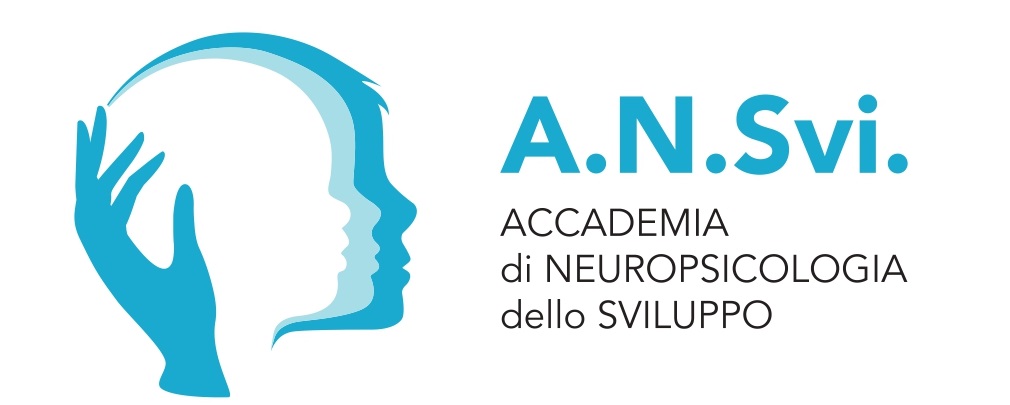Autism Spectrum Disorder in Preschool Age
Daniela Carà
This article aims to share a family intervention in the presence of a neurodevelopmental disorder. Specifically, it describes the analysis of a functioning profile in a patient with autism spectrum disorder, using two approaches: the neuropsychological and the cognitive-behavioural approaches. Through the neuroconstructivist approach, it was possible to structure the clinical reasoning in the following phases: clinical observation, neuropsychological evaluation, diagnostic framing, and the treatment of a 4-year-old girl. Simultaneously, the emotional and psychological impacts on the family system were analysed. The intervention plan involves direct habilitative treatment with the child and support work with the parents, guiding them first through communication and then through the processing of the diagnosis. The treatment goals were outlined in terms of methods, tools, and procedures adopted: in this way, it was possible to describe the results following the intervention and the follow-up neuropsychological evaluation, outlining a new functioning profile. Finally, the limitations of the work will be discussed, supporting the importance of an integrated approach to carry out a specific and early intervention on the child and their family system.
Keywords
Autism Spectrum Disorder, Communication, Thought Development, Language Development, Socio – Communicative Development.

